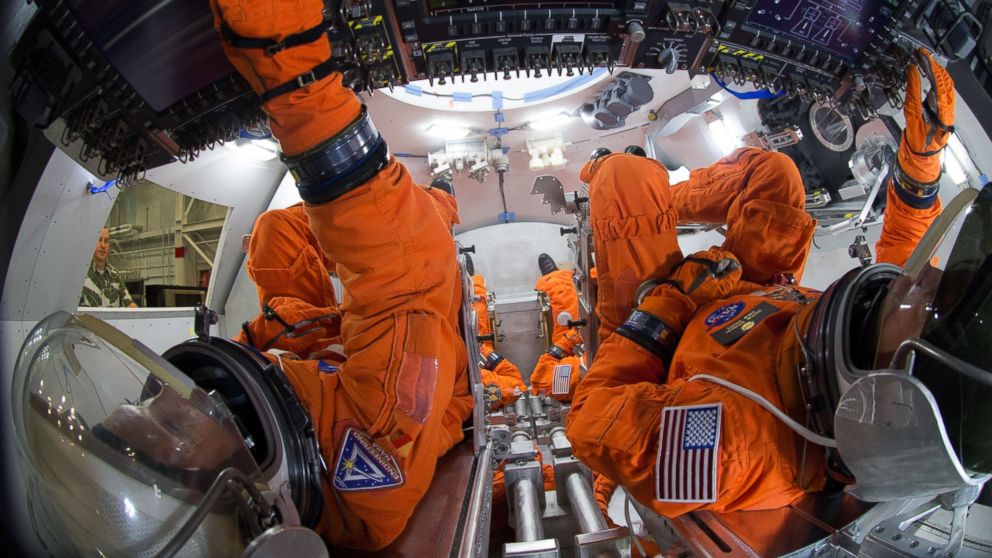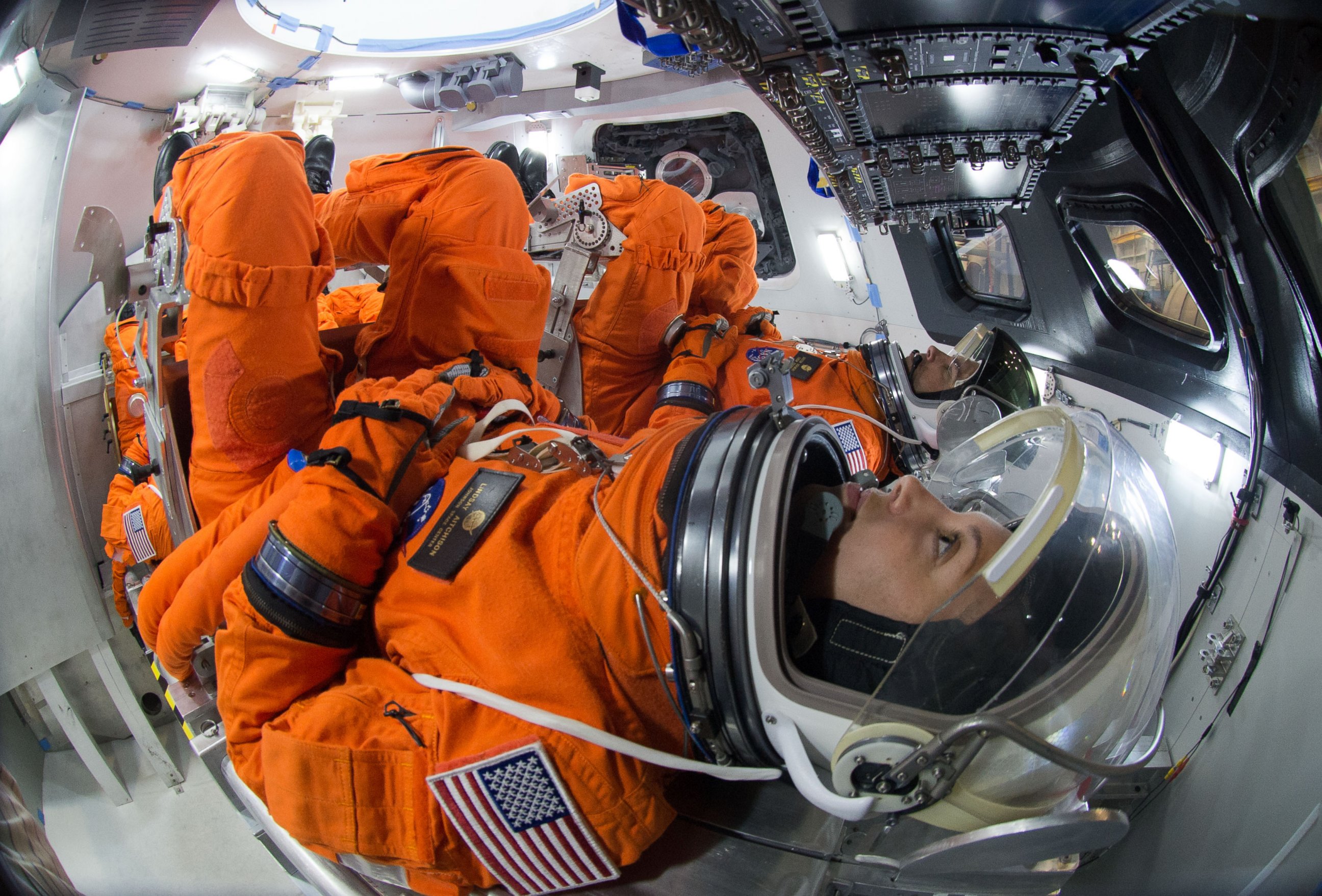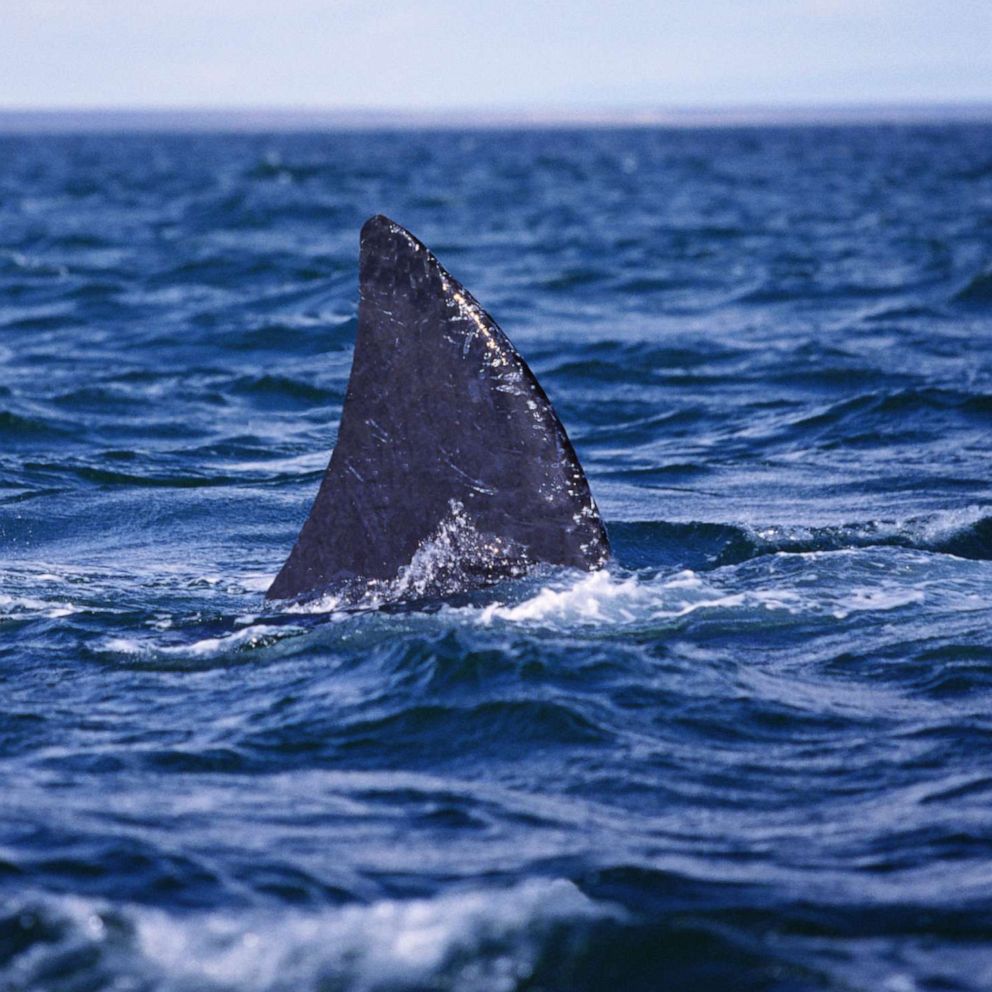Inside the Orion Space Capsule That Could One Day Take Astronauts to Mars
Orion capsule could one day take astronauts on a mission to Mars.

— -- The Orion space capsule that could one day take astronauts to Mars will be put through the ultimate stress test when it launches for an unmanned test mission on Thursday.
NASA will be watching closely to see how Orion holds up during the flight. If successful, the capsule could be used for future long-term missions, taking crews deeper into space than any other spacecraft since Apollo.
Orion seats four astronauts -- one more than Apollo. While the design may be the similar, Orion is equipped with technology that is light-years ahead of its Moon-shot mission predecessor.

Kelly Smith, the trajectory officer for Orion during its four-and-a-half hour test mission, told ABC News that Orion is designed to handle a series of stress tests it will face when it leaves Earth.
"This capsule shape facilitates deep space exploration," he said. "The shuttle could never return from deep space locations. It could not withstand the extreme G loads and heating. Orion has been designed for those challenging environments."
This unmanned test mission will launch on Thursday at 7:04 a.m. ET on a Delta IV rocket from Cape Canaveral, Florida, and will land four and a half hours later with a splashdown 600 miles off the coast of San Diego in the Pacific Ocean.
While in orbit, the spacecraft will circle Earth twice at an altitude of 3,600 miles.
Orion will make re-entry at 20,000 mph with temperatures hitting 4,000 degrees Fahrenheit.
If this test succeeds, the next step will be another launch to circle the Moon in 2018, then a manned mission to the Moon in 2020.




